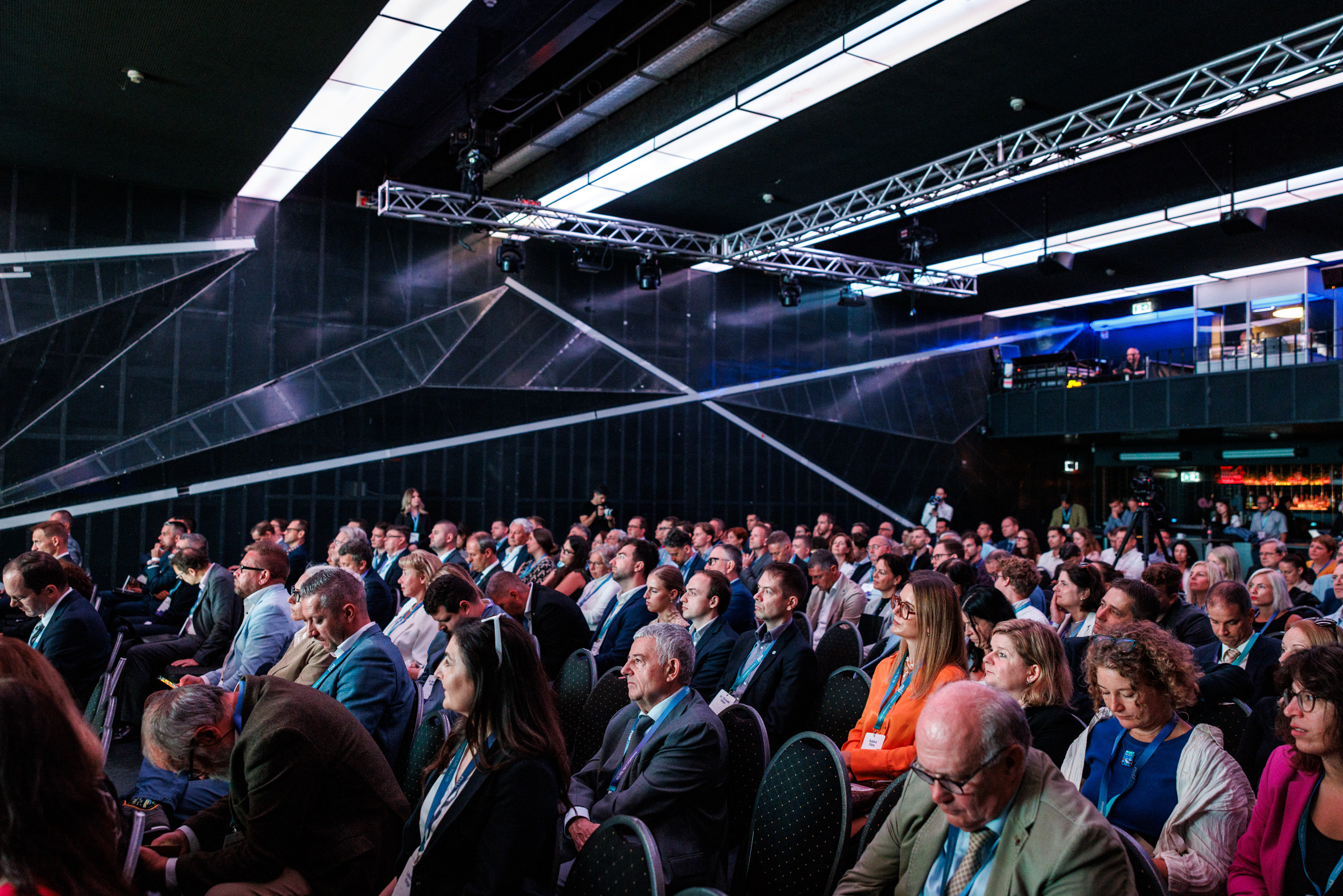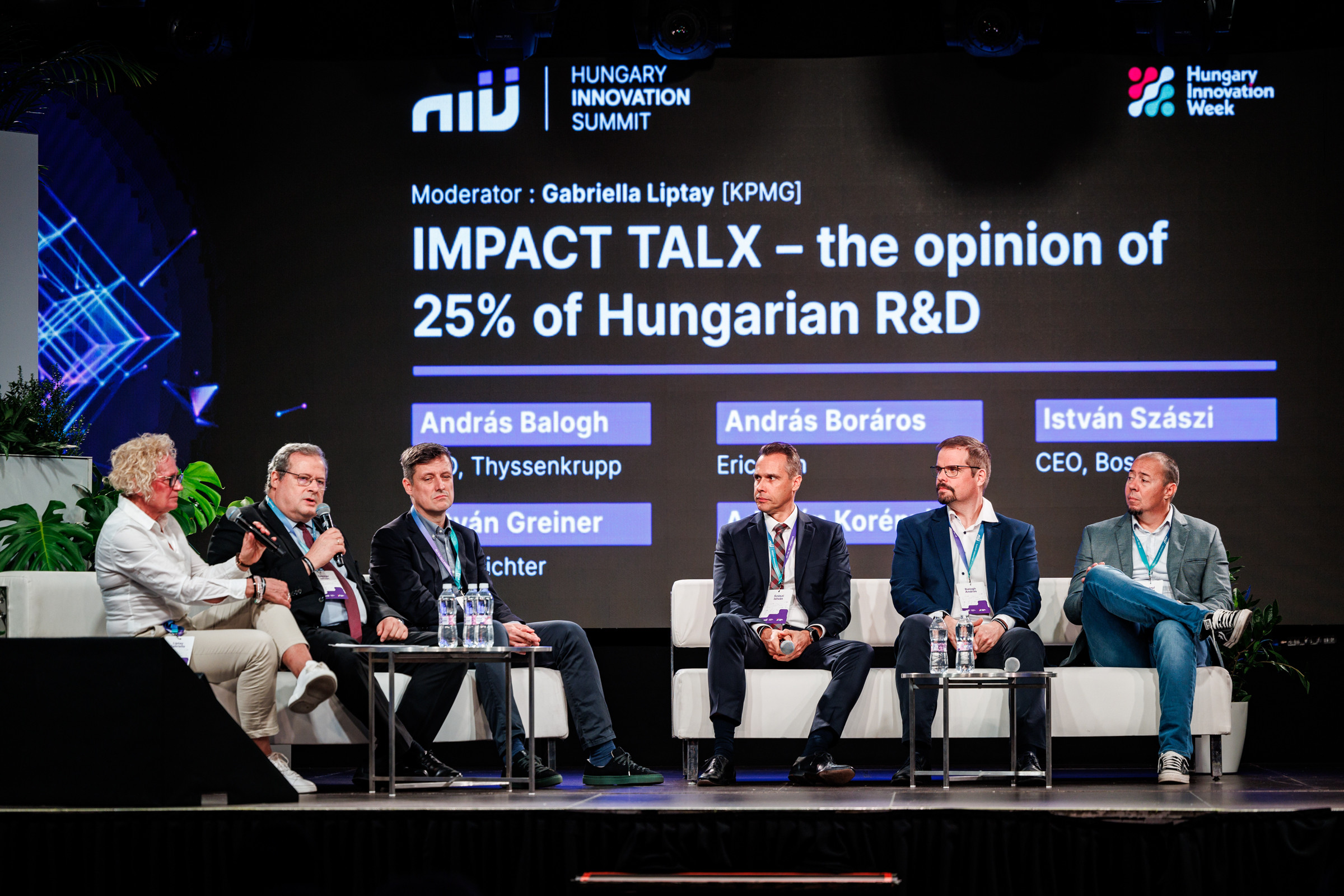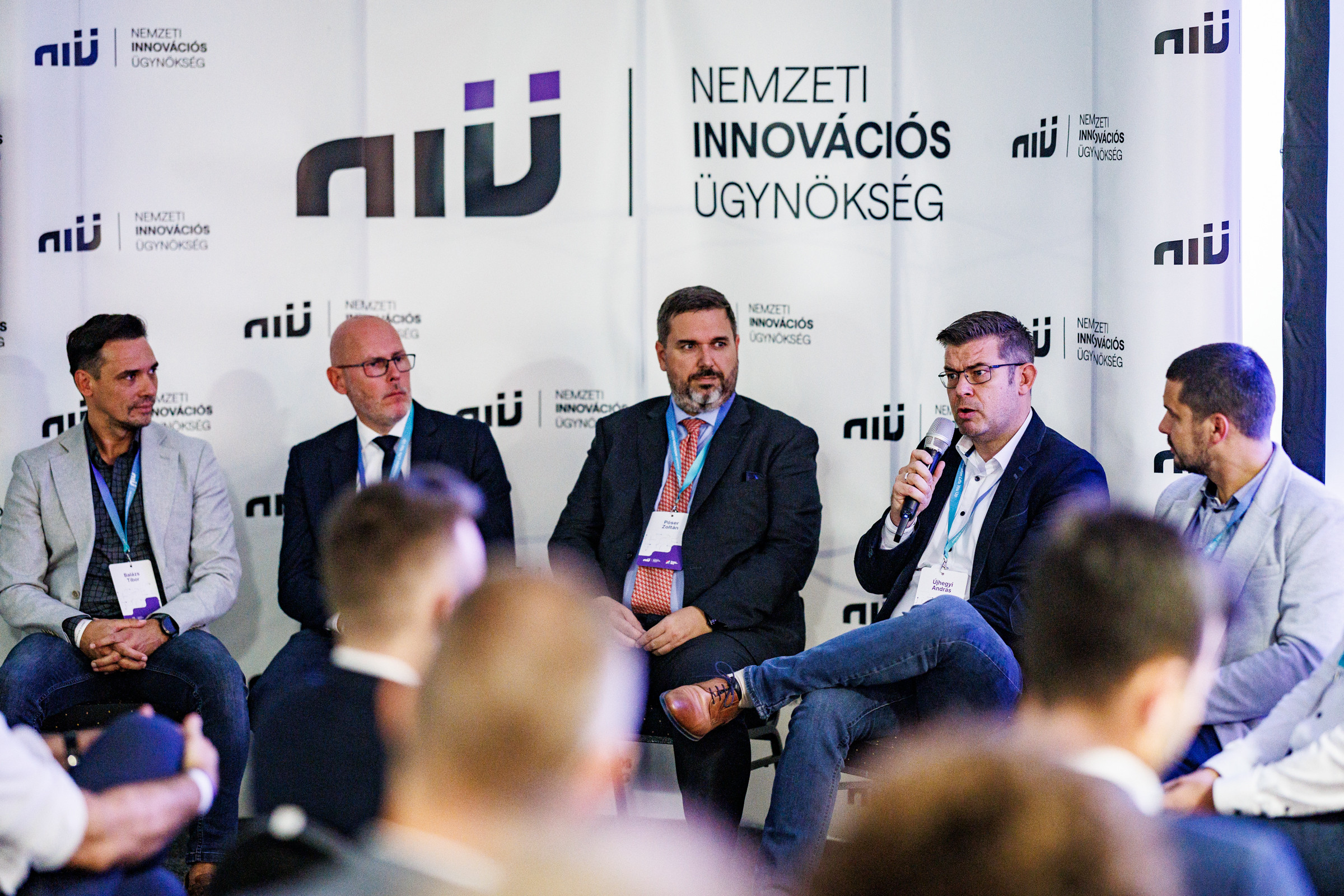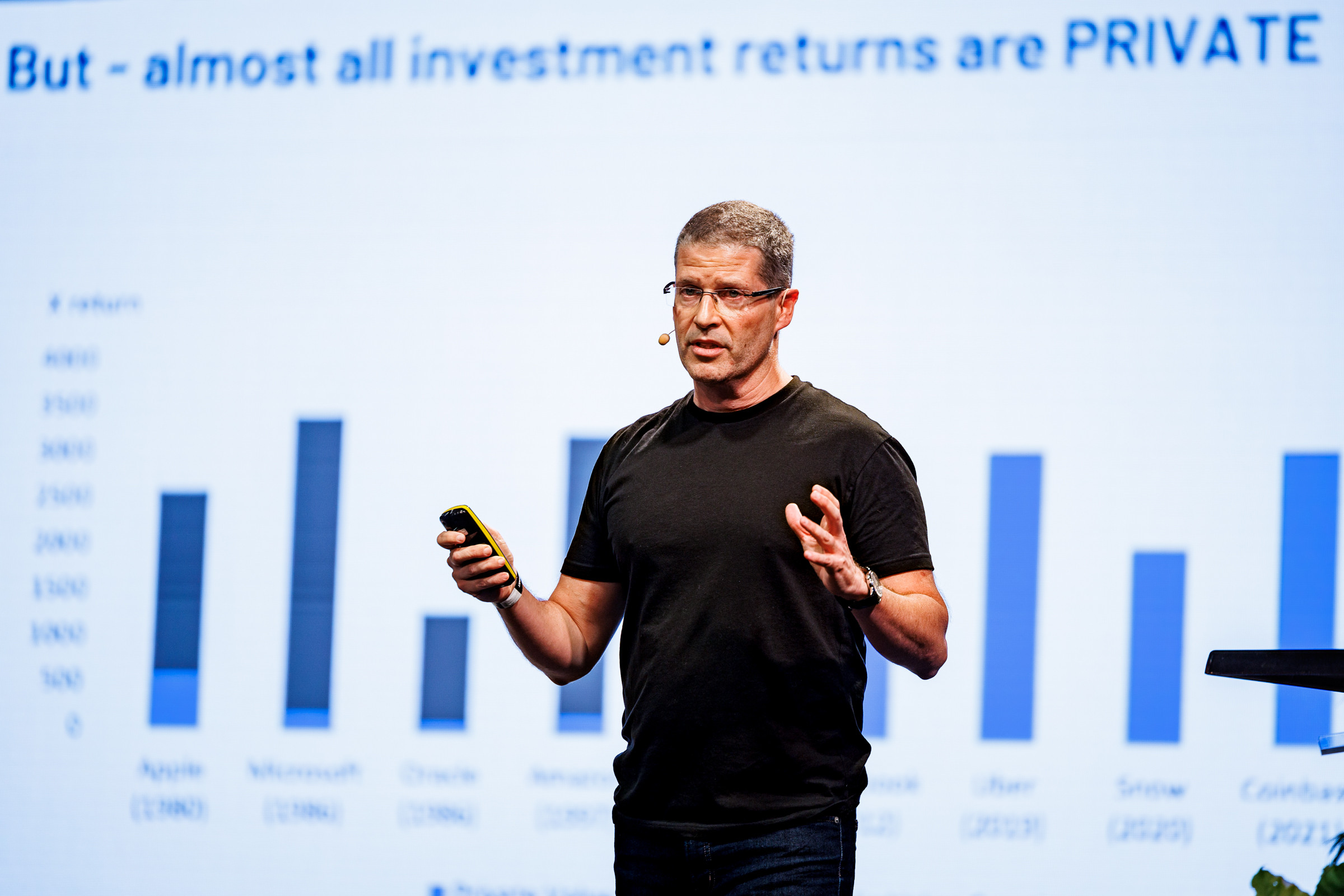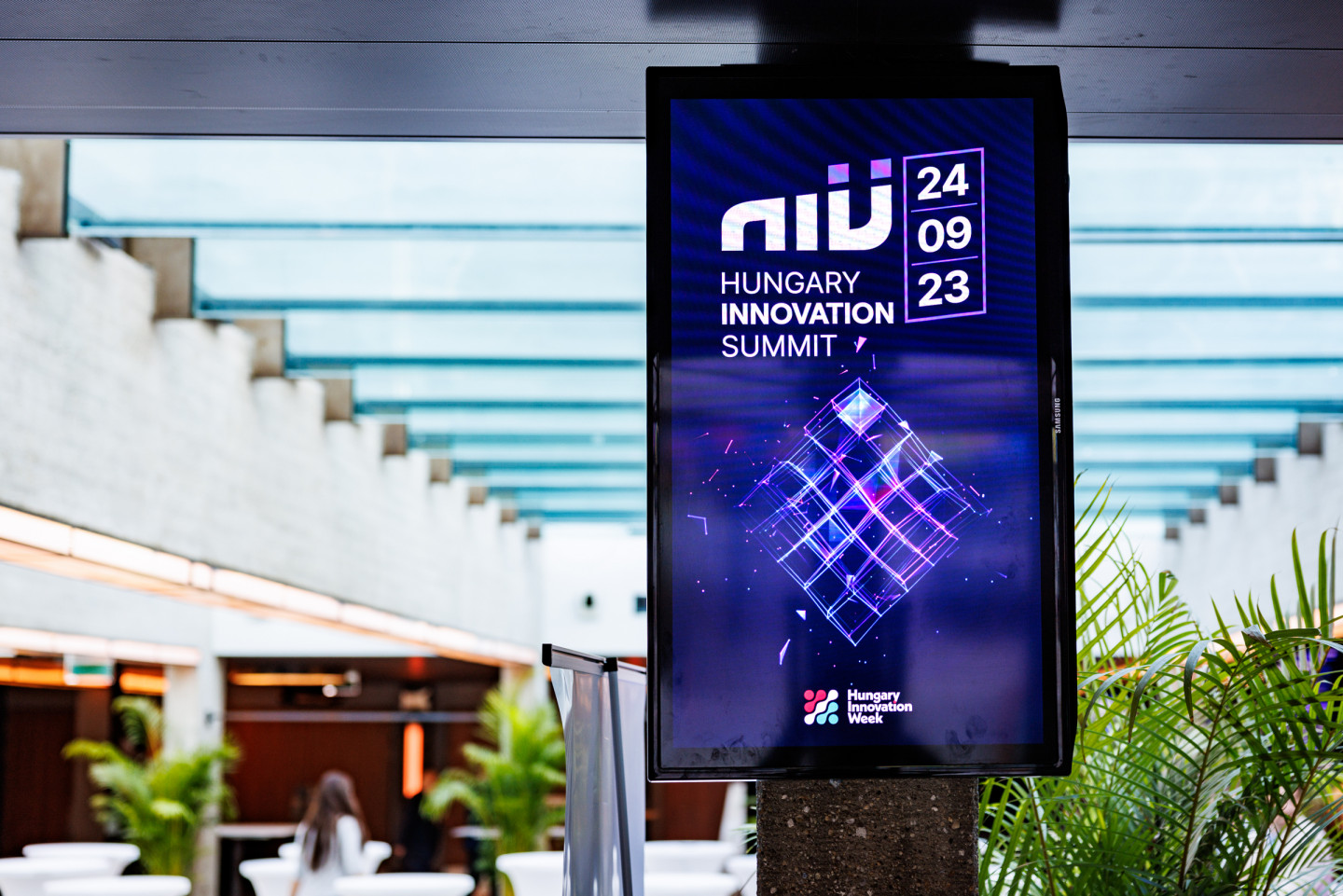The Hungary Innovation Summit kicked off this year's Innovation Week in Budapest. Organised by the Hungarian Innovation Agency, the Summit featured presentations, workshops and panel discussions with national and international experts discussing the future of innovation, the societal challenges of new technologies and internationally successful models for building innovation ecosystems.
A European competitiveness turnaround is needed, the Hungarian model is successful and can provide a good response, said Balázs Hankó, Minister of Culture and Innovation at the opening of the Hungary Innovation Summit. He stressed that Hungary has reformed its higher education and vocational training system, resulting in strategic partnerships between vocational training centres, universities and industry.

He pointed out that in 1995, Europe's productivity was at 95 percent of that of the United States, while now it is only 80 percent. Only four of the 50 largest technology companies are in the EU. The EU's scientific performance has declined by 8 percentage points in recent decades, and the Community is lagging behind China and the United States in this area too, he said. All of this shows that there is a huge and urgent need for a competitiveness turnaround in Europe. We need a strong and competitive Europe, and the current trends are not helping to achieve this, he emphasized.
Balázs Hankó pointed out that it does not help Europe's competitiveness that although Central European countries account for 24% of the EU's population, only 8% of research and innovation funding comes to this region. It also does not help cooperation and competitiveness that Brussels is unfairly excluding Hungarian universities from European networks. According to Balázs Hankó, the success of the Hungarian model is shown by the fact that Hungary is ranked 21st in the EU in terms of innovation performance, 11th in the world in terms of Nobel Prize winners per capita and 13th in terms of Olympic gold medals per capita.
The minister pointed out that public R&D spending tripled between 2010 and 2022, while the number of researchers in the business sector doubled and the number of people studying for doctorates nearly doubled compared to 5 years ago. For Hungary to be among the top 10 innovators in the EU by 2030, the number of R&D staff per million people needs to rise from the current 6,500 to over 9,000, he said. Key elements of the Hungarian model include a favourable tax regime, the strengthening of innovation funding, a conscious investment promotion policy that has attracted many R&D centres to Hungary, the linking of universities and industry, and the identification of strategic focal points in Hungarian innovation.
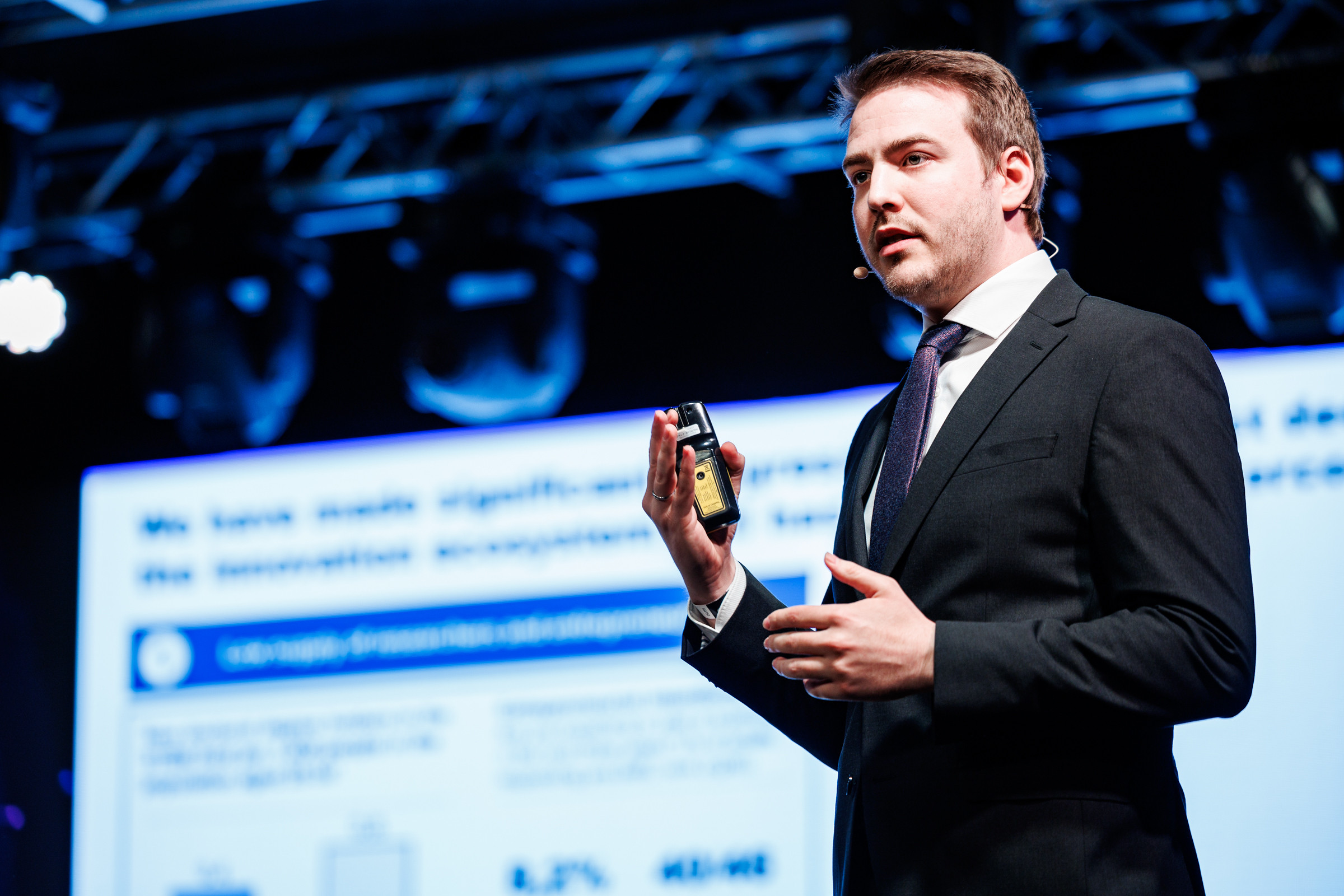
László Bódis, CEO of the Hungarian Innovation Agency (NIÜ), said that the NIÜ's mission is to provide targeted services, knowledge and networking to help ecosystem actors - universities, SMEs and start-ups - to successfully export more innovations to foreign markets. He highlighted the need to increase the number of innovative entrepreneurs, to build on university knowledge to create more new innovative businesses and to strengthen the innovation activity of domestic SMEs.
The Hungarian Startup University Program (HSUP) is the flagship of the NIÜ's efforts to train innovative entrepreneurs. Through the XPAND programme series, the NIÜ helps innovative micro, small and medium-sized enterprises and startups to learn about the process of international market entry, its challenges and the specificities of each country through practical examples. Finally, László Bódis pointed out that in the coming months, a number of new services will be launched for academics and businesses, which will be available on the NIÜ website and social media platforms.
The opening event of Hungary Innovation Week brought together experts from more than 10 countries to discuss the latest trends and issues in innovation and start-ups. The Hungarian Innovation Agency's event focused on the future of innovation and its impact. The event's keynote speaker was Jon Medved, founder and CEO of global venture capital platform OurCrowd, who spoke about the characteristics of a thriving startup and innovation ecosystem and what Hungary needs to do to become a technology and innovation powerhouse like Israel.
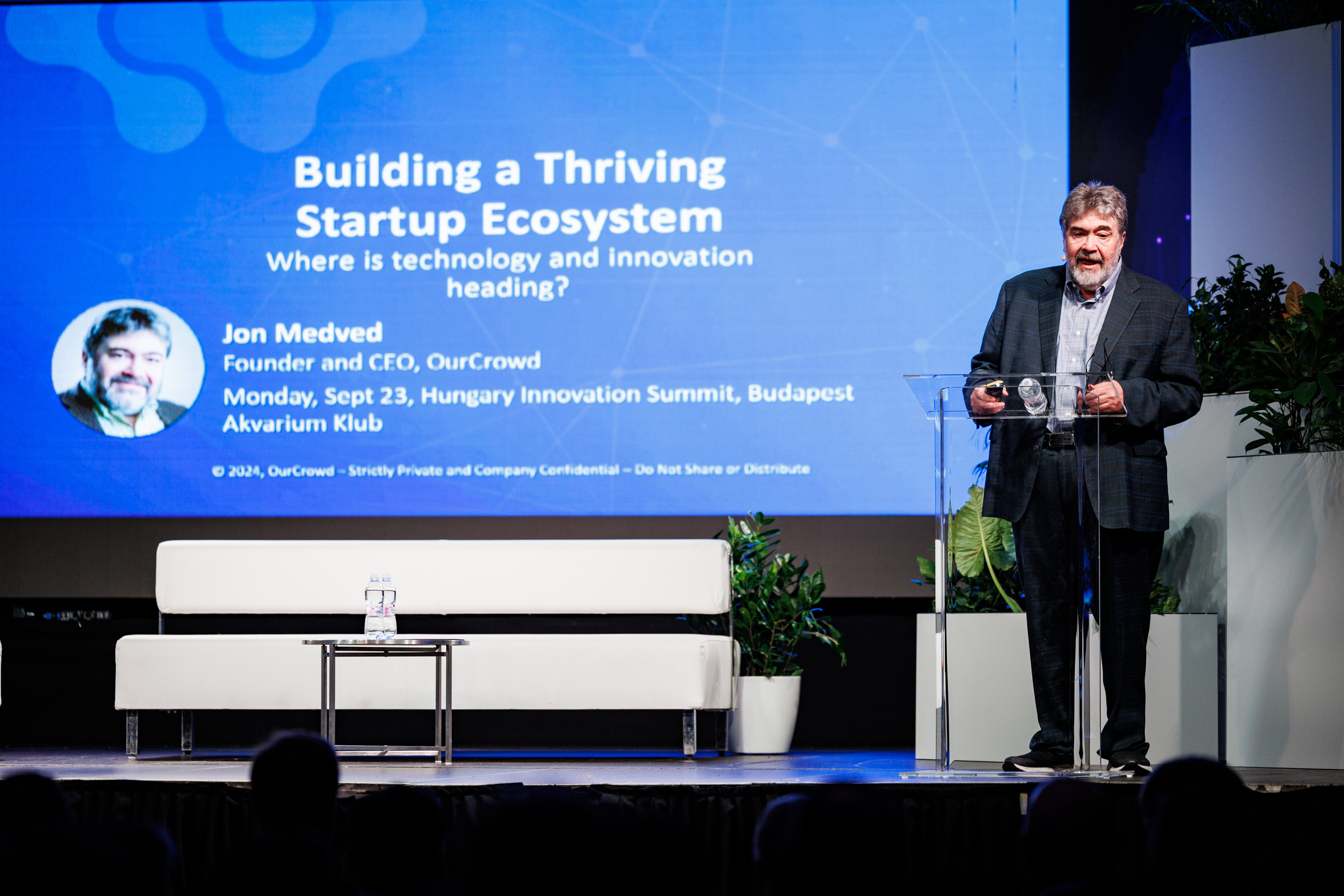
The event provided an excellent opportunity for networking, exchange of experiences and new collaborations, fostering the development of the national and international innovation ecosystem. Representatives of companies and organisations such as OurCrowd, Richter, Bosch, Wigner Physics Research Centre, SZTAKI, Evosoft, Dealroom, OECD, Deep Ecosystem gave presentations or exchanged ideas on stage.
At the Hungary Innovation Summit, experts from leading Hungarian R&D companies discussed the impact of R&D on business and the innovation ecosystem. In addition, visitors were able to learn about the work and best practices of some international innovation agencies (EU, Austrian, Czech) and there was an exciting discussion on the rise of artificial intelligence and bionics. In addition, three sessions (Innovation, Startups, University-Business Partnerships) covered topics such as social innovation; successful entrepreneurs learning from failure; methods for measuring innovation; and the ideal evolution of startup ecosystems.
As a complementary programme to the event, some Hungarian toy companies (LavosBall, Feel Flux, Gémklub, REGIO JÁTÉK) also presented a small exhibition to mark the 50th anniversary of the invention of the Rubik's cube.
